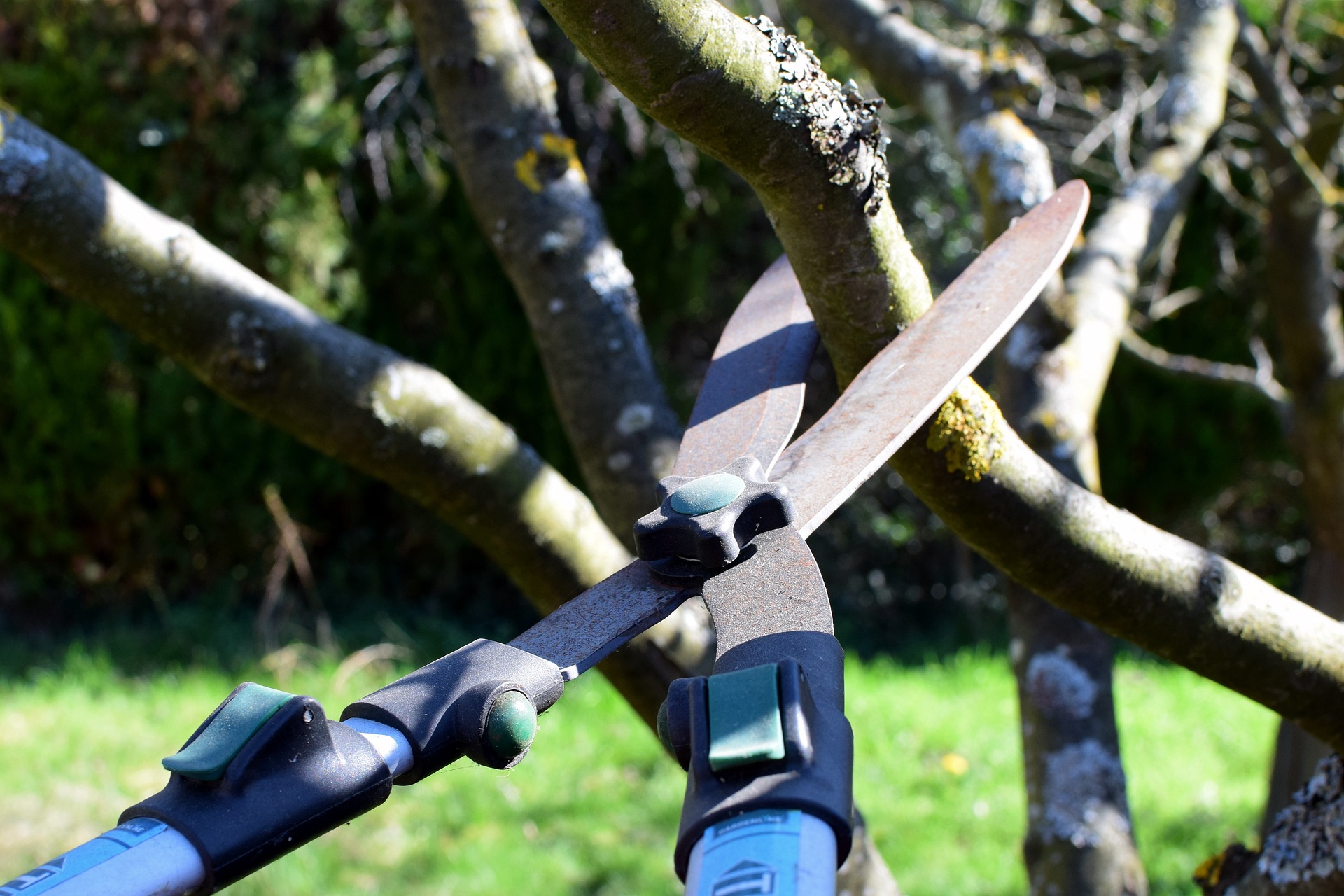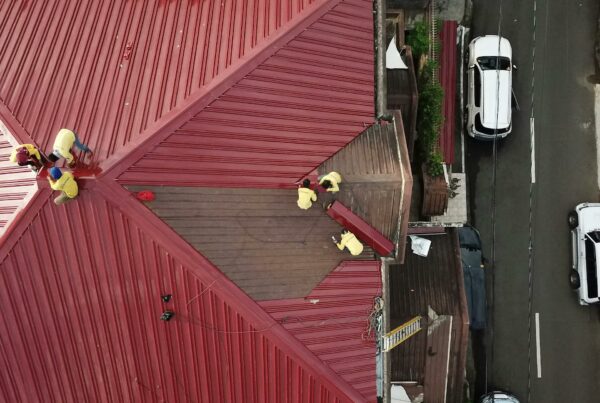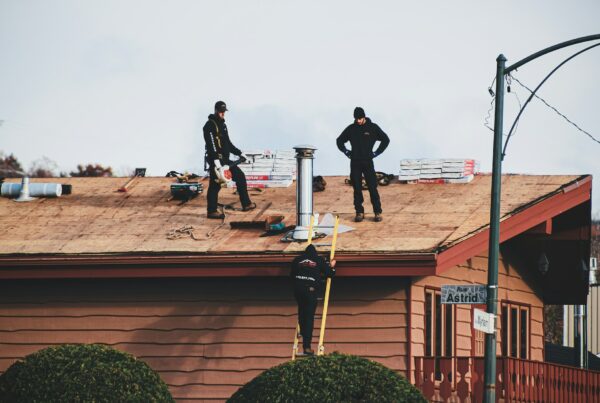Last Updated on March 12, 2024
In the bustling urban scenery, the maintenance of trees plays a key role in shaping the city’s character and ensuring public safety. Trees lining streets and populating parks not only contribute to the aesthetic appeal of the city but also offer environmental benefits such as air purification and temperature regulation. As a green city, Seattle places high importance on its urban canopy. However, tree trimming, an important aspect of tree maintenance, involves many responsibilities that are not always clear to its residents. Without proper tree management, the verdant streets can quickly turn into hazardous pathways, and the cherished greenery can suffer detrimentally. Understanding the responsibility for tree trimming is necessary for fostering a safe and attractive urban environment.
While it’s widely assumed that tree maintenance is a governmental jurisdiction, the reality is there are many stewards, each with a different degree of responsibility. This article will explore an often overlooked yet intriguing aspect of urban living: the detailed approach to tree-trimming. Not limited to the simplicity of public versus private duty, Seattle’s model presents an all-encompassing system of care involving city departments, private citizens, utility companies, and community efforts. It is this collaboration that keeps the city’s trees, and consequently its inhabitants, thriving.
City Government
Within the City of Seattle, the maintenance of urban trees on public property is managed by city agencies like the Department of Transportation and Parks and Recreation. Their responsibilities include not only the upkeep of trees situated along the city’s walkways but also those in public parks and shared areas.
These departments are active in managing tree-trimming activities, aiming to protect the well-being of the public and to improve the aesthetic appeal of the urban view. In their pursuit to trim and care for trees, they must consider environmental factors alongside the functional requirements of the city, ensuring that nature’s beauty and citizen safety coexist peacefully.
Private Property Owners
Within the field of tree stewardship, private property owners must also shoulder a large portion of the responsibility. It is expected that individuals owning land will vigilantly care for the trees within their territory (or hire a tree trimming Seattle professional), ensuring they are safely pruned and maintained—especially when they extend over public walkways or could potentially threaten pedestrian safety. Compliance with these expectations is not just a matter of community courtesy but a legal requirement, as the city holds property owners accountable.
Neglecting to trim trees can invite unwelcome consequences, including monetary fines and other legal penalties, serving as a deterrent and reminder of the importance of individual responsibility in the broader urban forestry effort. This civic obligation complements public initiatives and is a key component in safeguarding passersby, maintaining clear pathways, and preserving the overall integrity of Seattle’s lush and verdant vistas.
Utility Companies
Utility providers play an important role in the maintenance of the urban forest, specifically in their efforts to trim trees that come close to electrical lines, communication networks, and other infrastructure. By proactively addressing branches and foliage that threaten to encroach upon these utilities, these companies aim to avert service disruptions and enhance the consistent delivery of services to the community.
The dedicated teams of utility companies are trained to recognize potential risks and act swiftly, utilizing proper techniques to ensure trees are trimmed safely and effectively, minimizing the likelihood of power outages. This regimented and expert care of green spaces around utilities is a cornerstone in the city’s strategy to maintain uninterrupted service access for its citizens, reflecting a wider commitment to the interplay between urban development and environmental health.
Community Involvement
Engagement with the local community is a dynamic element of Seattle’s strategy to sustain its urban forestry. Groups such as community collectives and charitable organizations often step in to fill the voids in public space tree care, taking on some of the shared duties with governmental bodies. These groups organize volunteer events where locals unite to care for and maintain the communal trees, creating a sense of collective purpose and ownership over the local natural setting.
They might initiate campaigns to gather funds to support these green initiatives, enabling individuals to support the well-being and durability of their urban greenery financially. These community-driven actions serve a greater goal by cultivating environmental care among the populace, aiding in the upkeep of a strong urban forest.
Coordination and Collaboration
To achieve the desired state of well-groomed and healthy trees, it is important to establish a network of coordination and collaboration that includes diverse stakeholders. Frequent and clear communication is the linchpin for harmonious relations among the city’s agencies—tasked with overseeing public green spaces—and property owners who look after trees on their land. Utility companies, on the vanguard of preventing tree-related infrastructural damage, regularly coordinate their trimming schedules with other entities to minimize conflicts and maximize safety.
Community groups, too, play a vital role, participating in discussions and initiatives that affect the tree canopy of shared spaces. It’s through this orchestrated synergy that the city ensures an efficient, thorough approach to tree trimming, one that balances the aesthetic, environmental, and practical aspects of urban forestry. Understanding these concerted efforts and the seamless communication channels that support them is key to appreciating how Seattle maintains both its arboreal beauty and communal safety.
To recap the main points, the successful management of an urban forest is a team effort. The city government, with departments like transportation and parks and recreation, attends to public trees, while private owners maintain those on their property. Utility companies proactively approach tree-trimming to preserve essential services, and community initiatives play their part by pooling together volunteers for the upkeep of public spaces. This collaboration ensures the cityscape remains a safe and welcoming habitat for all residents while preserving its green charm.









